WHgearlink’s SFP transceiver is a hot-pluggable optical module. SFP means small form-factor pluggable. SFP transceiver module can be simply understood as an upgraded version of GBIC. Some switch manufacturers call the SFP optical module a miniature GBIC (MINI-GBIC ). The SFP sfp optical transceiver is mainly composing of inter-connecting and the maximum data rate can reach 2.5G.
Gearlink professional optical transceiver manufacturer provides every optical module that complies with SFP MSA small form-factor pluggable multi-sourcing agreement.
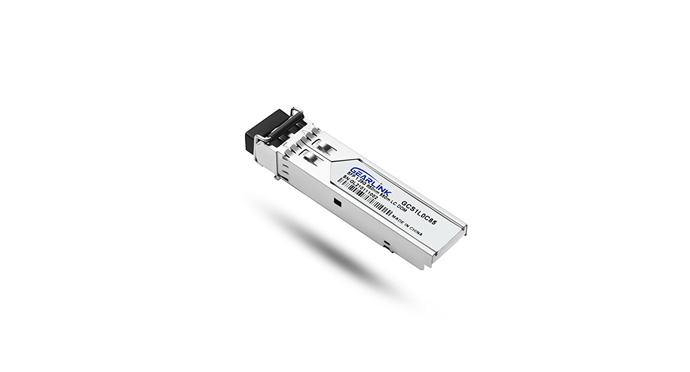
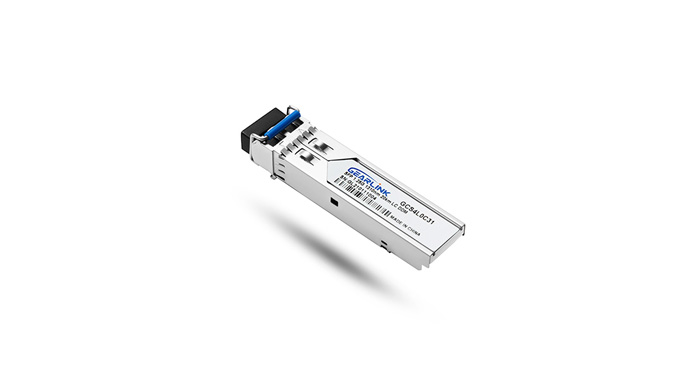
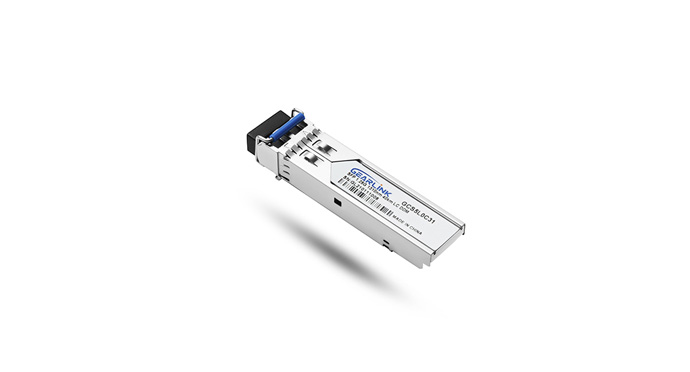
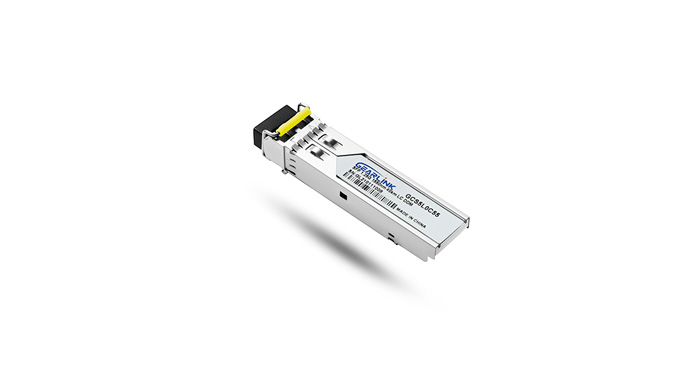
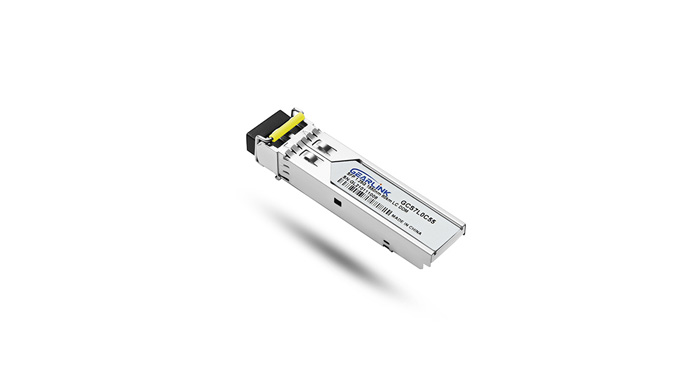
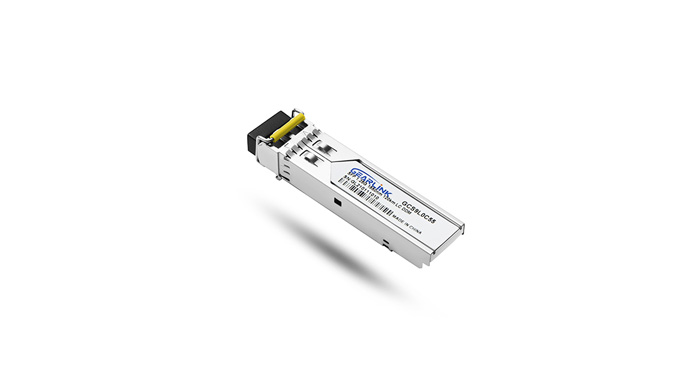
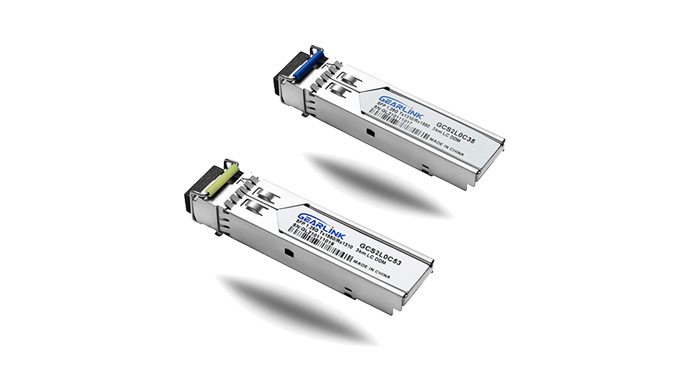
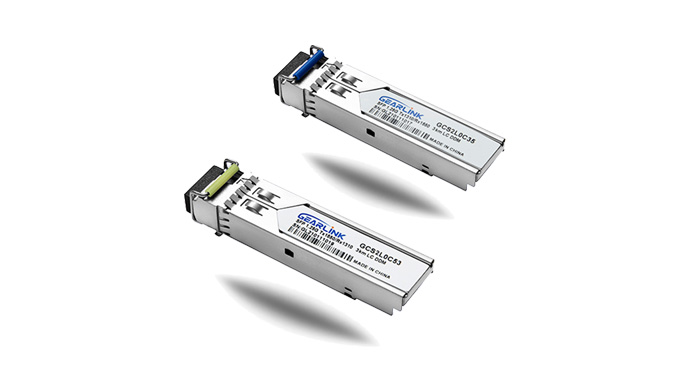
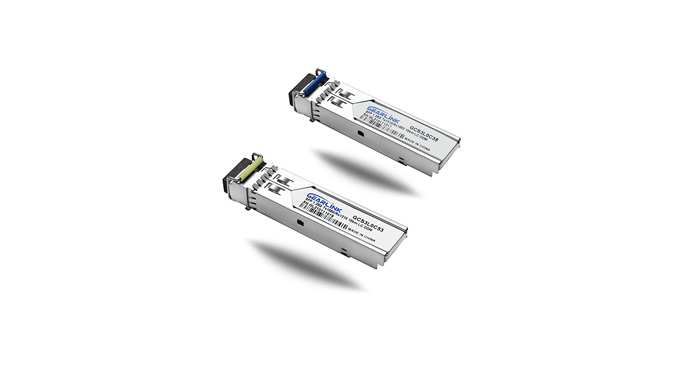
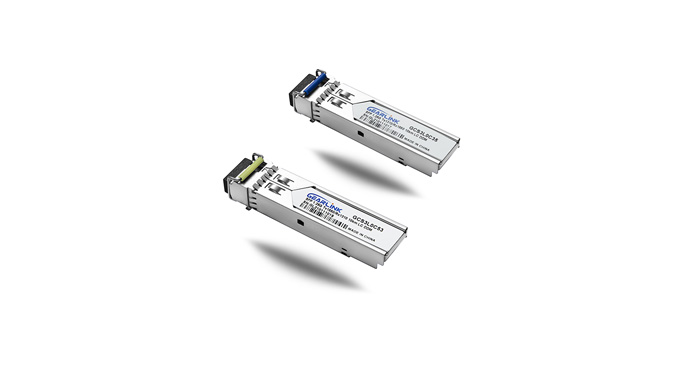
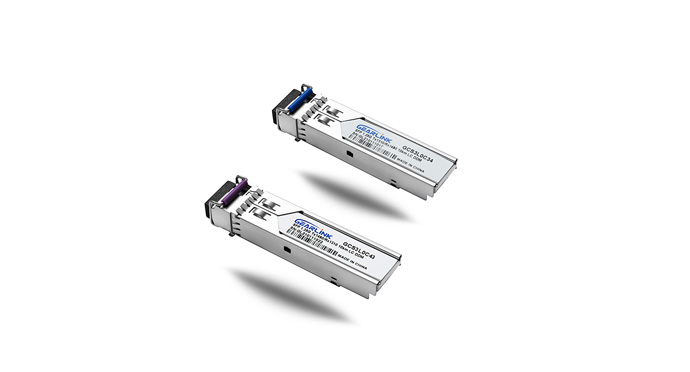
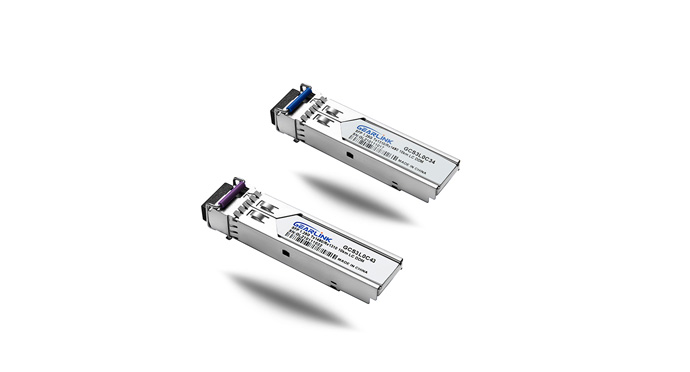
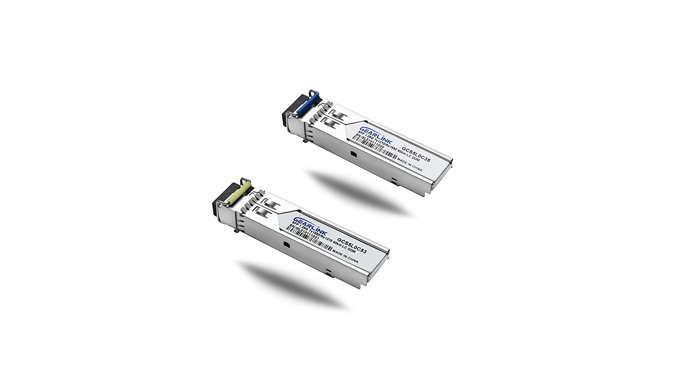
SFP optical modules can be divided into 155M / 622M / sfp 1.25 g/2.5G according to the data rate; according to the wavelength, they can be divided into 850nm / sfp 1310nm / 1550nm / 1490nm / 1530nm / 1610nm according to the mode, they can be divided into multi-mode modules and Single-mode module, multi-mode is used for short-distance transmission, and single-mode can be used for medium.
UP to 1.25Gbps data rate
Duplex LC receptacle optical
interface compliant
single +3.3V power supply
DDM function implemented
External calibration
HOT-Pluggable
Receiver loss of Signal Output
AC coupling of PECL signals
Serial ID module on MOD(0-2)
International Class 1 laser safety certified
Transmitter disable input
Operating temperature range -10℃~+70℃
CWDM module Operating temperature range:0℃~+70℃
RoHS Compliance
Gigabit Ethernet
Gigabit Fiber Channel
Switch to switch interface
Switched backplane applications
A Whgearlink SFP transceiver is the hot-pluggable optical module. SFP means small form-factor pluggable t can be simply understood as an upgraded version of GBIC. Some switch manufacturers call the SFP module a miniature GBIC (MIN-GBIC). The SFP optical module is mainly composed of lasers, and the maximum data rate can reach 1.25G.
The conventional optical module is dual-fiber which has two optical fiber interfaces, it is dual-fiber bidirectional; but the single-fiber optical module is BIDI, which has only one optical fiber interface, it is single-fiber bidirectional.
The function of the optical module is photoelectric conversion, which is used as a carrier for transmission between the switch, convertor, and other devices. The transmitting end converts electrical signals into optical signals and receiving end converts the optical signals into electrical signals.
In the optical transceiver , GE refers to the gigabit optical transceiver , 1.25G.
FE refers to the 100M optical transceiver in the optical transceiver , 155M.
SFP optical transceiver s can be divided into single fiber and dual fiber. According to the distance in dual fiber, it can be divided into 550m, 10km, 20km, 40km, 80km, and 120km. Single fiber products can be divided into: 3km, 10km, 20km, 40km, 80km, 120km according to the distance. Of course, the optical transceiver is a relatively flexible product. For example, 40km can be transmitted with a wavelength of 1310nm or a wavelength of 1550nm. Sometimes the optical transceiver can be customized according to the actual situation.
SFP optical transceiver s and SFP+ optical transceiver s have subtle differences in appearance. The SFP+ optical transceiver will be more textured. Both are the same size. The anti-static effect of the SFP+ optical transceiver will be better, and it will be heavier.
Gigabit optical transceiver s and 100M optical transceiver s are indistinguishable in appearance. They can be distinguished by reading the DDM information through the switch and the transmission rate in the DDM information.
A 10G optical transceiver can be used as a Gigabit optical transceiver , but a Gigabit optical transceiver cannot be used as a 10G optical transceiver . Therefore, within the required distance range, when the wavelength is the same, and the 10-Gigabit transceiver is inserted into the Gigabit port, the 10-Gigabit optical transceiver and the 10-Gigabit optical transceiver can communicate with each other. If any of the conditions are not met, they cannot communicate with each other.
Generally, the optical ports of switches support downward self-adaptation. Usually, the 10G optical ports we often say support Gigabit and 10 Gigabit rates.
Gigabit optical transceiver s generally use SFP packaging, and 10 Gigabit optical transceiver s generally use SFP+ packaging. In appearance, the SFP+ optical transceiver is more textured. The advantages and disadvantages of optical transceiver s with different rates cannot be compared. Now the technology of gigabit and ten gigabit optical transceiver s is quite mature, and the cost-effective ones must be compatible manufacturers.
